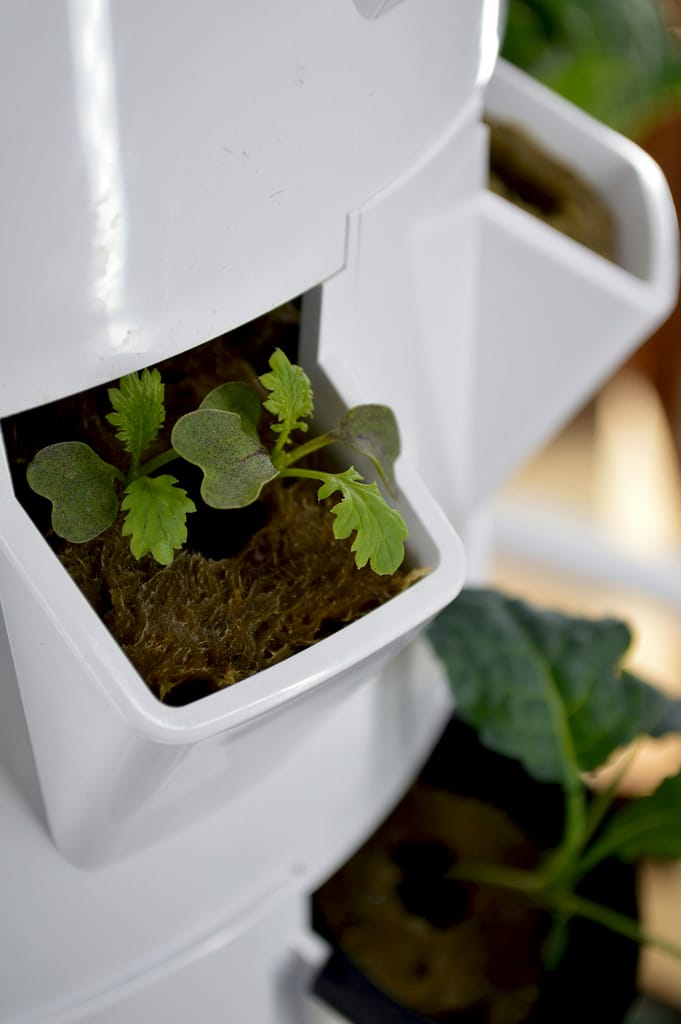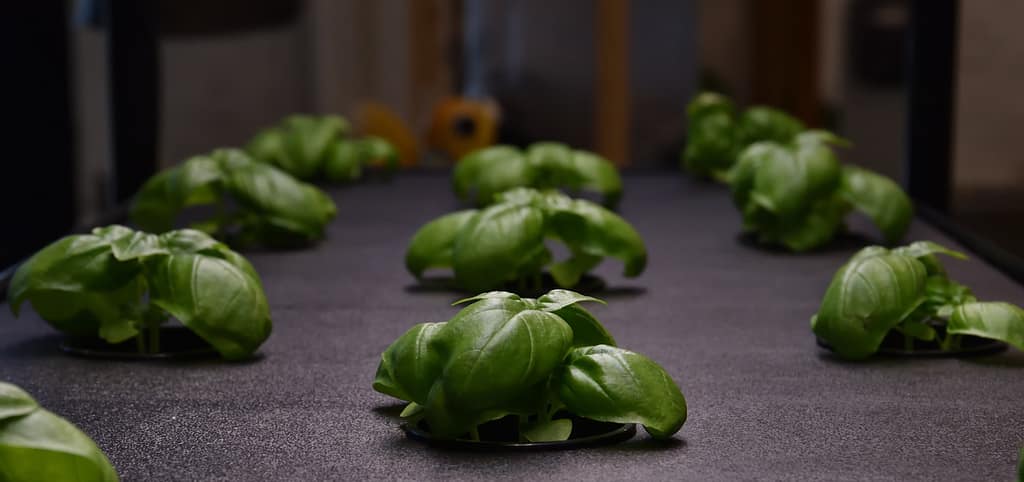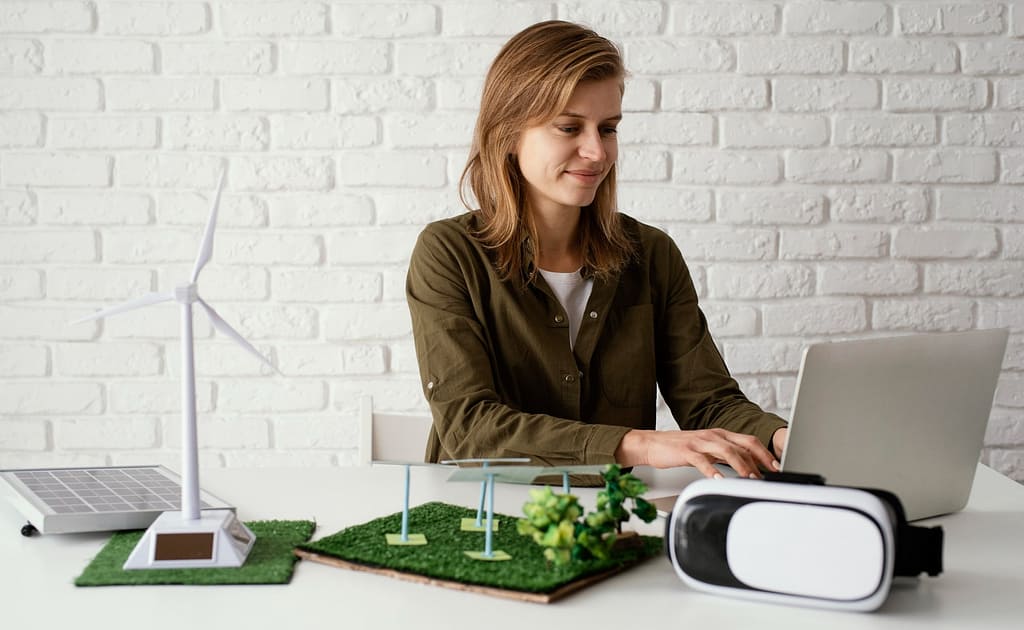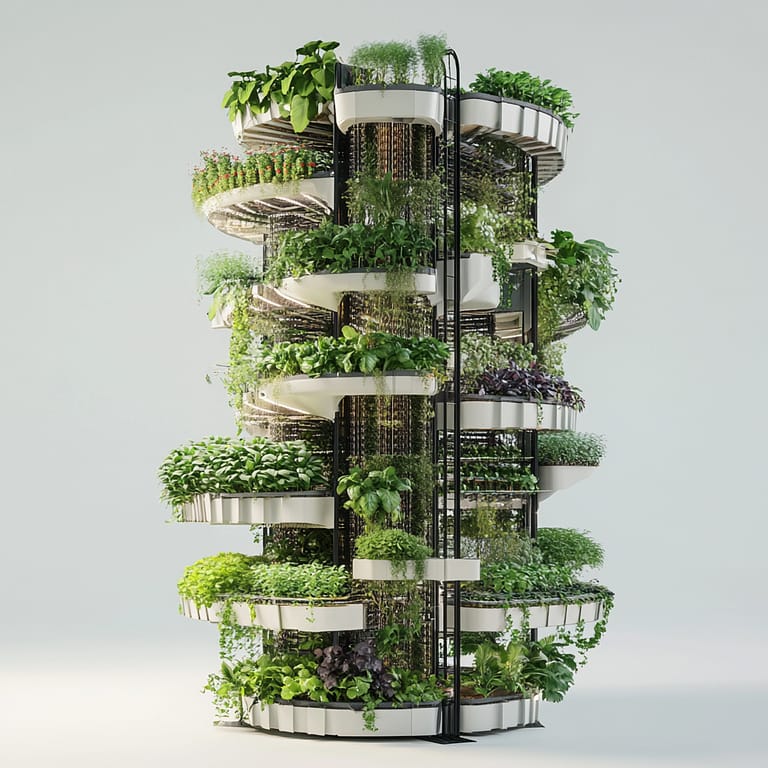More and more people are looking for ways to grow food that’s both sustainable and efficient. That’s why vertical farms are getting so much attention nowadays!
These innovative setups let you grow crops in stacked layers, using less space and water, and sometimes without soil. They are also seen as an alternative to traditional farming methods.
If you’re interested in exploring this new approach, you’re in the right place. This article will guide you through how to build a vertical farm, offering practical advice and essential considerations to get you started. We’ll look at the main aspects to consider and the modern technologies you can implement in your project to make it a true success!
How to build a vertical farm: most basic considerations

Planning is the most crucial part of any successful project, and building a vertical farm is no different. Getting started right can make all the difference in the long run. This section will walk you through some of the key considerations you need to make, and what you need to think about to start things on the right track.
First, you need to decide what you hope to achieve with your vertical farm. What’s your main goal? Are you hoping to grow vegetables for your family, start a business to sell local produce, or launch a community project to help others? Knowing what you’re trying to accomplish will help you choose the right crops and decide the scale of your operations.
Maybe you only want a small system for personal use, or maybe you’re planning to grow large quantities to sell in your community. It all depends on your initial goal and ambition.
Next, location is key. You need to figure out where your vertical farm will be located, and several factors go into this process.

The biggest one is available space, as it will heavily impact the maximum system size you can set up. Easy access to utilities is important, too, since your farm will use things like electricity and water. You also need to check local zoning rules to ensure your project is allowed. You’ll also need to determine whether an indoor or an outdoor farm better suits your specific needs and environmental factors.
With all that in mind, make a budget. Setting up a vertical farm can range from a small DIY project to an industrial-scale endeavor. You’ll need to estimate the initial costs, including equipment, materials, and labor.
But you can’t be too short-sighted, either – you have to estimate how much it will cost to keep everything running (think of electricity and water bills). It’s also a good idea to look into funding options to help you get started, especially if you aim to benefit the local community with your project. You may also look for grants, loans, or investors who share your passion as alternatives!
Key elements in vertical farming

Now that you’ve considered the core planning aspects, it’s time to dive into the technical elements of a vertical farm. These are the building blocks of your system, and knowing how each one works is essential for a successful operation.
We all agree one can’t grow plants without a growing system/medium, right? The most common choices are as follows:
- Hydroponics: involves growing plants without soil using nutrient-rich water to keep plants healthy. Their roots are submerged in solutions containing everything they need directly, resulting in an efficient and water-saving method. It also lets you have precise control over nutrient levels, making it suitable for leafy greens and herbs;
- Aeroponics: takes hydroponics a step further by suspending plant roots in the air and spraying them with nutrient-rich water. This method offers even better aeration and makes nutrient absorption easier while still being versatile, but it’s usually harder to set up and costlier to maintain;
- Aquaponics: combines aquaculture (raising fish) with hydroponics, using fish waste as a natural fertilizer for plants. It creates a symbiotic system where both fish and plants benefit from each other, so it’s more complex, but a sustainable and eco-friendly way to grow both fish and plants at the same time.
Then, there’s lighting. In indoor vertical farms, you’ll need artificial lighting to ensure your plants get enough light to grow and prosper. The market provides many options, like LEDs, fluorescent lights, and other specialized lights. Each has a different energy use and light spectrum, so choosing the correct one will directly impact your chosen plants’ growth.
You’ll also need an environmental control system to maintain the correct temperature and humidity and ensure proper air circulation to keep your veggie friends happy. This is especially important for indoor systems, where you need to mimic nature to get the best results, which requires some form of temperature control and fans to move the air around.
Finally, you’ll need to manage water and nutrients. You must have a system in place to supply the correct amount of either to your plants. This includes measuring and managing your solutions’ pH levels, which is easily done with the aid of modern technology!
How to leverage IoT technology for vertical farms

Modern technology, specifically IoT (the Internet of Things), is transforming how we approach vertical farming. Interconnected devices, automated systems, and data analysis are making your vertical farm more efficient and more productive than ever before.
IoT sensors can continuously monitor all the vital aspects of your farm. They can track temperature, humidity, light levels, and even the amount of carbon dioxide in the air.
This real-time data helps you maintain the perfect growing conditions for your plants, ensuring they stay healthy. You’re not working blindly anymore, you’re using data to make decisions about the environment around your plants, which can be pretty hard to achieve with traditional methods.
Automated systems are also greatly beneficial. This data can trigger automated systems, like irrigation and nutrient delivery, ensuring your plants get exactly the amount of water and nutrients they need when they need it. This makes it much more efficient, and you can also set automated lighting to adjust depending on plant needs.
Plus, all this data your farm collects is valuable for making better decisions. You can analyze your farm’s performance and see which crops are doing the best, what settings need adjusting, and how to optimize the use of your resources.
With real data, you can quickly adjust your operation to ensure your vertical farm always operates at peak efficiency, getting the best results possible while minimizing waste.

Closing thoughts
Vertical farming offers a lot of promise for a more sustainable and efficient way to grow our food. It’s exciting to think about how we can use less space and water, often without soil, to produce healthy crops locally. While the field is still developing, with ongoing research into issues like energy use, the potential of vertical farming to address some of our most pressing environmental challenges is undeniable.
As technology evolves and new processes are discovered, chances are methods like these will play a major role in feeding the world soon. Thanks to technology (like IoT), setting up and maintaining these farms is now easier than ever.
Let’s build a high-tech vertical farm together with Datanet IoT!
If you’re ready to explore the possibilities of vertical farming, Datanet IoT is here to help. Our expertise in sensors and tracking technology can power your next project.
We offer the tools and support you need to monitor your vertical farm’s environment, manage resources effectively, and get the best results.
Learn how our trackers can also help with other aspects of your farm, from equipment to inventory, by checking out our other articles. You may also contact us for inquiries on all things IoT and tracking technology!






